Our Blog - Greece 2024 - Temple of Poseidon
I call this page the Temple of Poseidon but it really is the Archaeological Site of Sounion. Cape Sounion is the southernmost tip of the Greek mainland, south of Athens. This was a very stategic point, since it allowed Athens to control the sea passage to the Aegean Sea. A fortress was built here in 510 BC which included the fortress walls, a settlement, and 2 temples: the Temple of Poseidon and a smaller temple to Athena.
I'll start with some pictures of the area, you can somewhat see remnants of the fortress walls heading down the hill to the water. And then out across the brilliant blue fo the Aegean Sea.
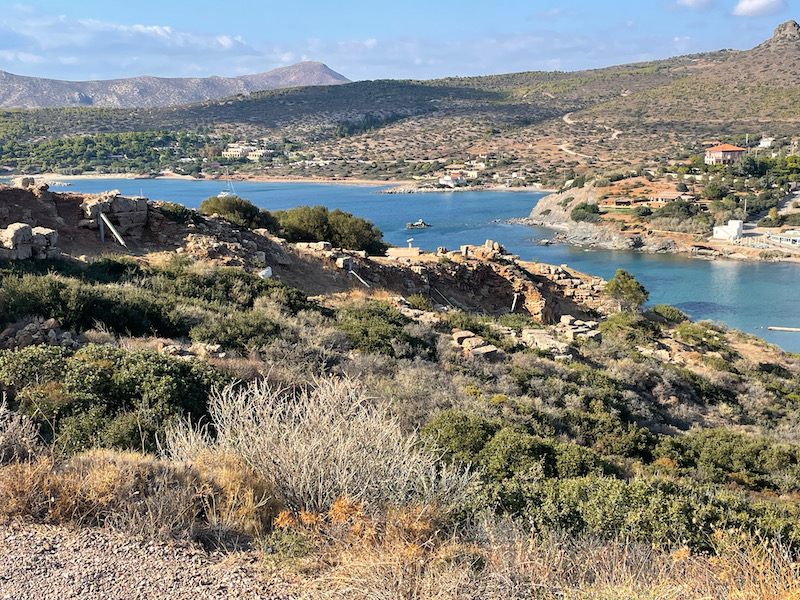
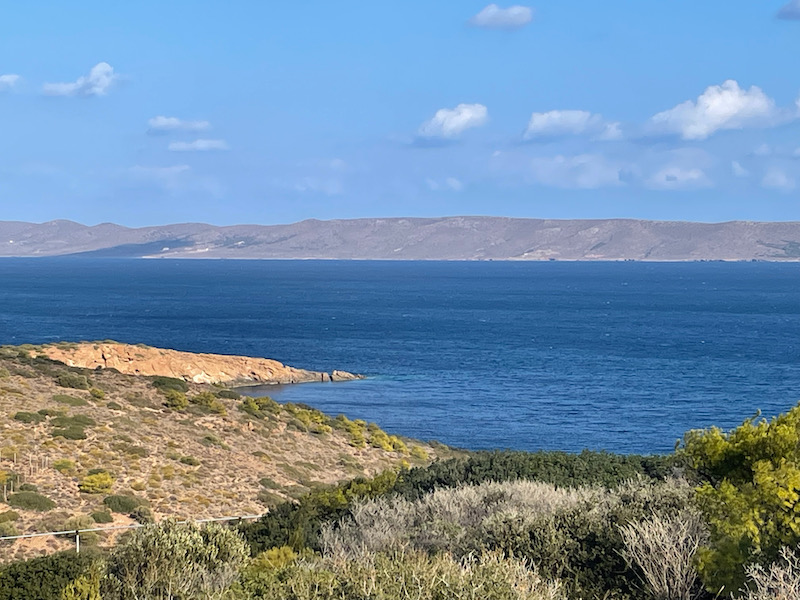
The Temple of Apollo is not the first temple here, as there is evidence of a sanctuary here as early as the 11th century BC. The original temples here were destroyed around 480 BC when the Persians invaded Greece. This new temple was built between 444 and 440 BC. The location here is typical ... the Greeks often chose temple locations that were physically related to or suggestive of the deity honored in the temples. Peak sanctuaries, for example, were often dedicated to Zeus, the god of the heavens and weather. Here, overlooking the sea, is the perfect location for a temple honoring Poseidon. With the importance of trade by sea to the Athenians, the fact that this also had visibility of the sea lanes to and from the main port also made this location perfect.
In 413 BC, during the Peloponnesian War against the Spartans, the Athenians fortified the site with a wall and towers to prevent it from falling into Spartan hands. Here you can see the remnants of the fortress walls.
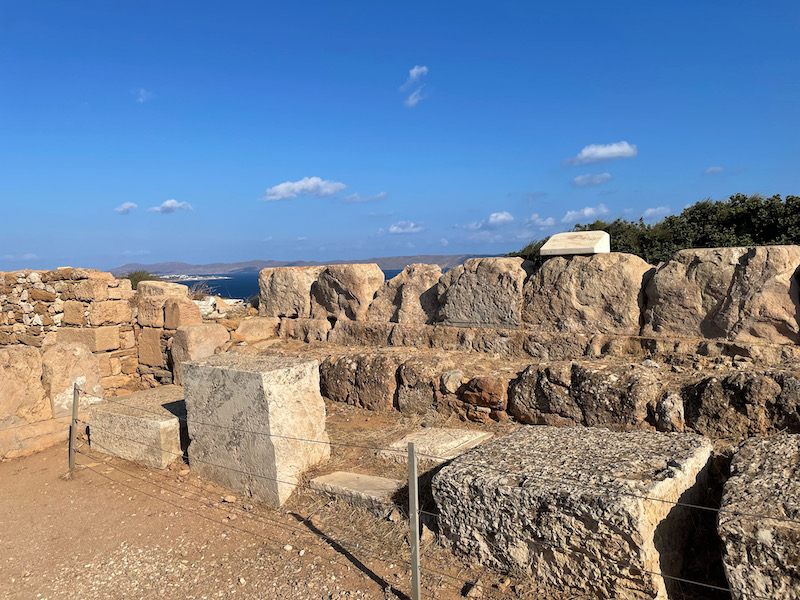
We made our way up to the temple, which you can see from quite a distance since it sits up on the top of the cliff. The main temple is made out of a "coarse grained" marble, meaning that it has a rough texture instead of being smooth and shiny. The columns on two of the sides are mostly intact. Originally, there would have been 13 columns on the long sides and 6 columns on the short sides. I tried to take quite a few pictures from different angles to hopefully give you a full view.
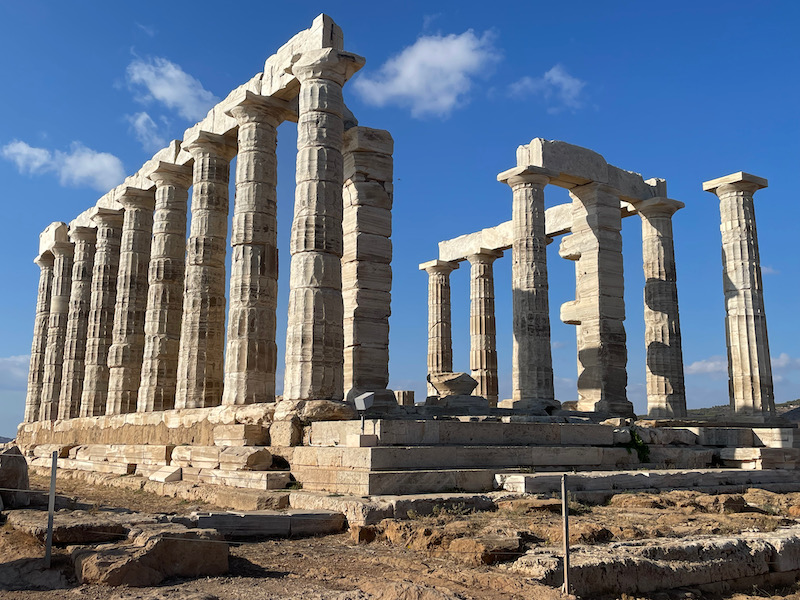
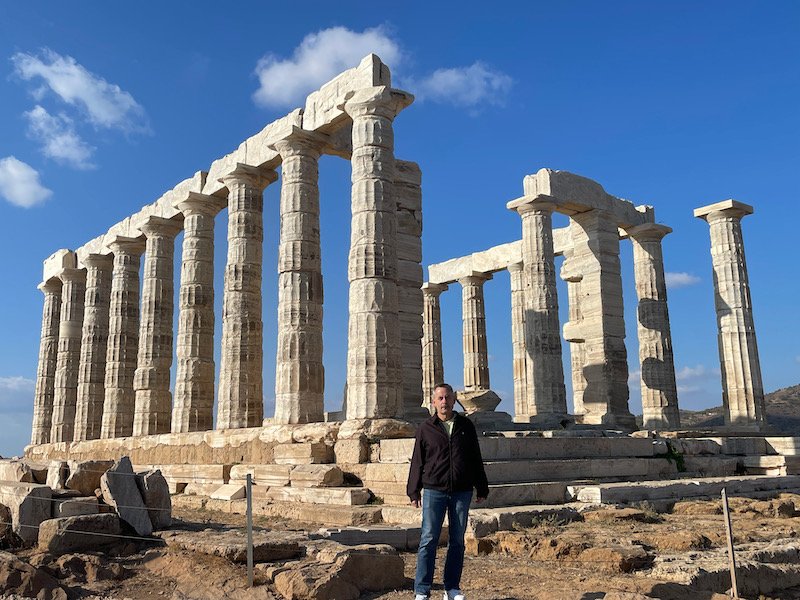
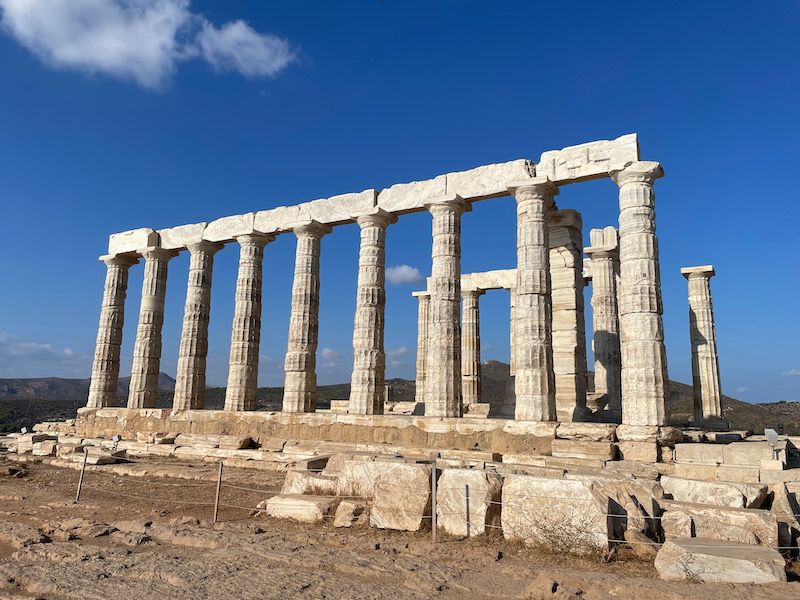
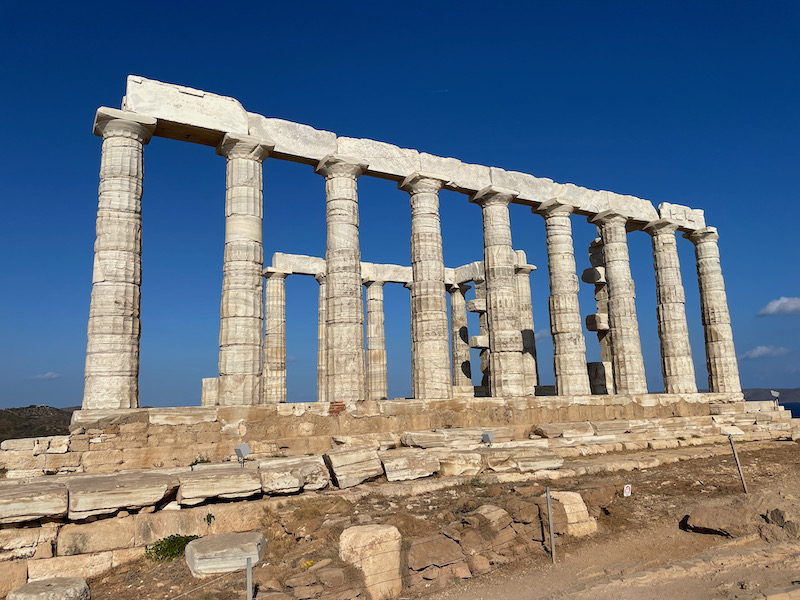
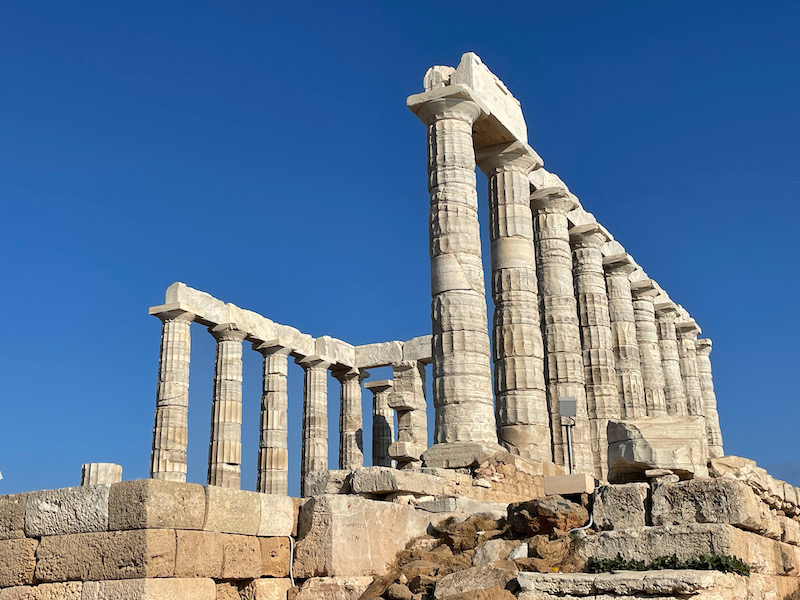
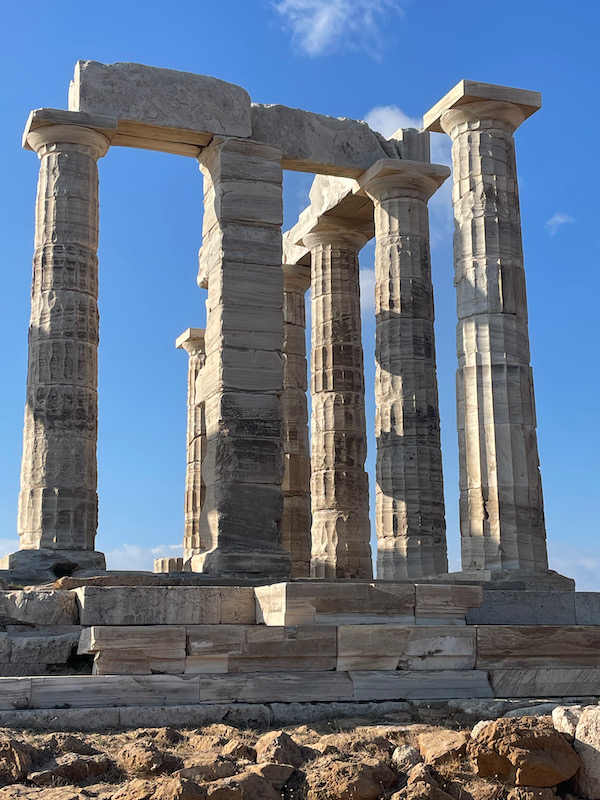
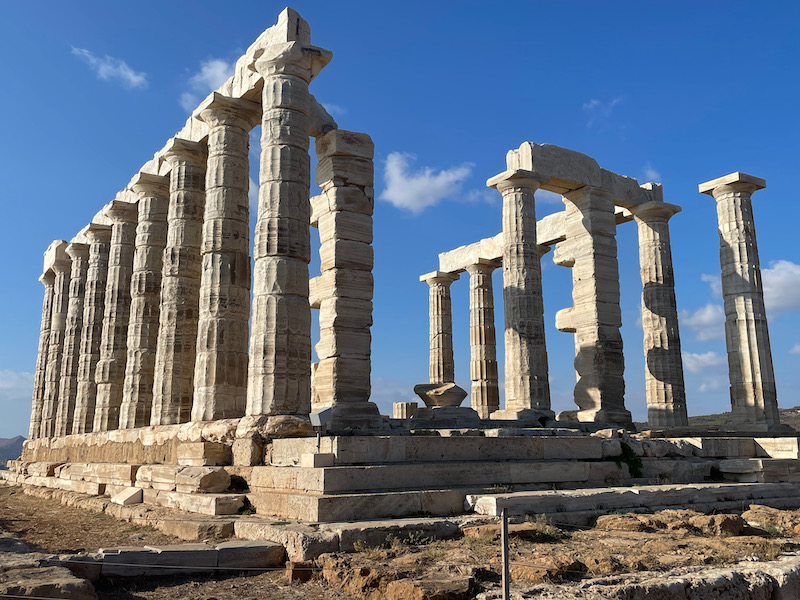
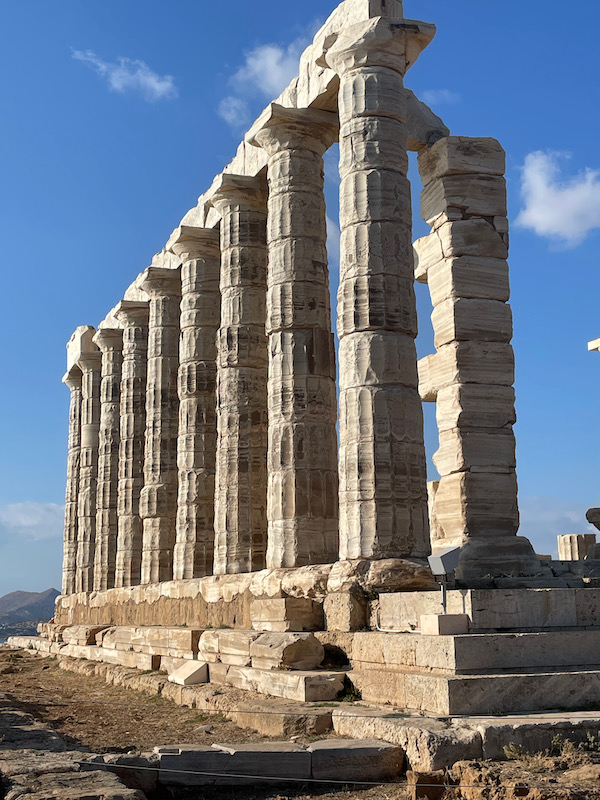
I'm fascinated how much of these temples are still standing and find it also interesting what they would have actually looked like. I found an interesting website that did a computer reconstruction of the temple and settlement area including painted decoration and the Ionic frieze. I found it quite interesting to see, personally.